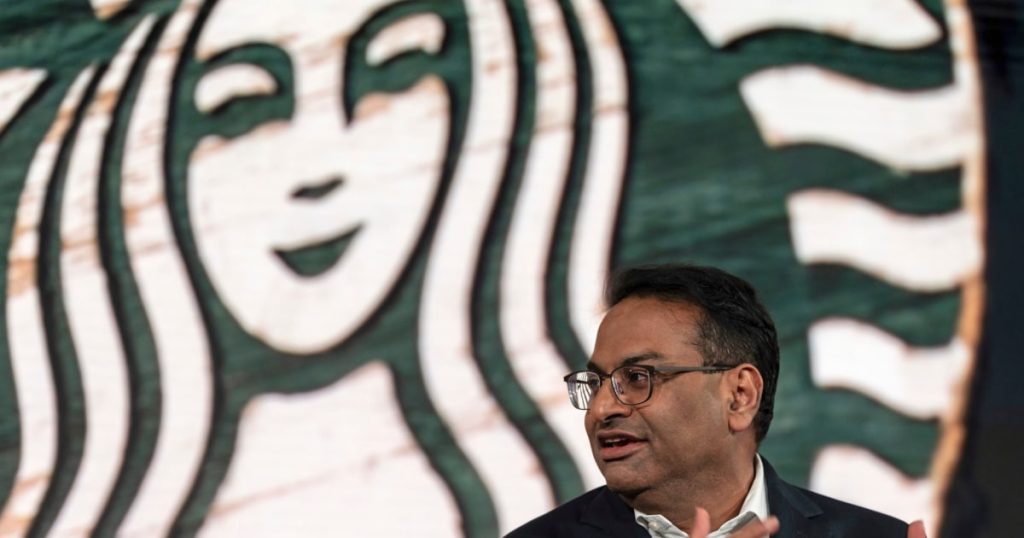Consumer spending patterns have shifted as a result of rising prices and interest rates, with some companies experiencing weaker-than-expected results while others continue to see growth. Despite stabilizing commodity prices, prices on everyday goods and services have remained high, leading consumers to be more selective with their spending. The consumer price index has risen by 3.4% over the past 12 months, and inflation is falling more slowly than expected, keeping interest rates elevated. Many consumers have depleted the savings they accumulated during the pandemic and are now relying on credit cards to cover everyday expenses.
Lower-income consumers have been hit particularly hard by rising prices, with many struggling to make ends meet. Companies like PepsiCo have observed a decline in consumer spending among this demographic and are implementing promotions and discounts to attract customers. Despite this, companies like Walmart have reported an increase in grocery sales as consumers opt to cook at home rather than dine out. Walmart is targeting a widening gap between restaurant prices and the cost of home-cooked meals to appeal to budget-conscious consumers.
Some companies have reported declining sales despite having higher-income customer bases, often due to missteps in product availability or market positioning. For example, Lululemon experienced lower sales in the US due to shortages of key products sizes and the lack of colorful items. Starbucks also announced lower same-store sales and adjusted its forecast, which was attributed to factors such as a more value-minded consumer base. Additionally, Peloton has seen disappointing results, leading to layoffs and changes in leadership as consumers become more selective with their spending.
However, despite these challenges, companies that cater to higher-income consumers have continued to see strong demand. Airline companies like Delta and United Airlines have reported earnings ahead of analysts’ estimates due to increased spending on travel experiences. Consumers are prioritizing travel as a discretionary investment, contributing to a rise in airline travel demand. High-income consumers have also boosted sales for fast-casual restaurant chains like Chipotle, which offers a perceived value for its higher-priced offerings. Retailers like Walmart have attracted more affluent customers as they pay more for groceries, stealing market share from competitors like Target.
Overall, consumer spending habits have shifted as a result of rising prices and interest rates, prompting companies to adapt their strategies to appeal to budget-conscious consumers while still catering to higher-income demographics. Despite challenges faced by some companies, others have continued to see growth by offering perceived value and experiences to consumers. The balancing act of pricing strategies and consumer preferences will continue to shape the retail landscape in the coming months.


